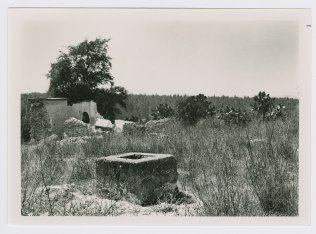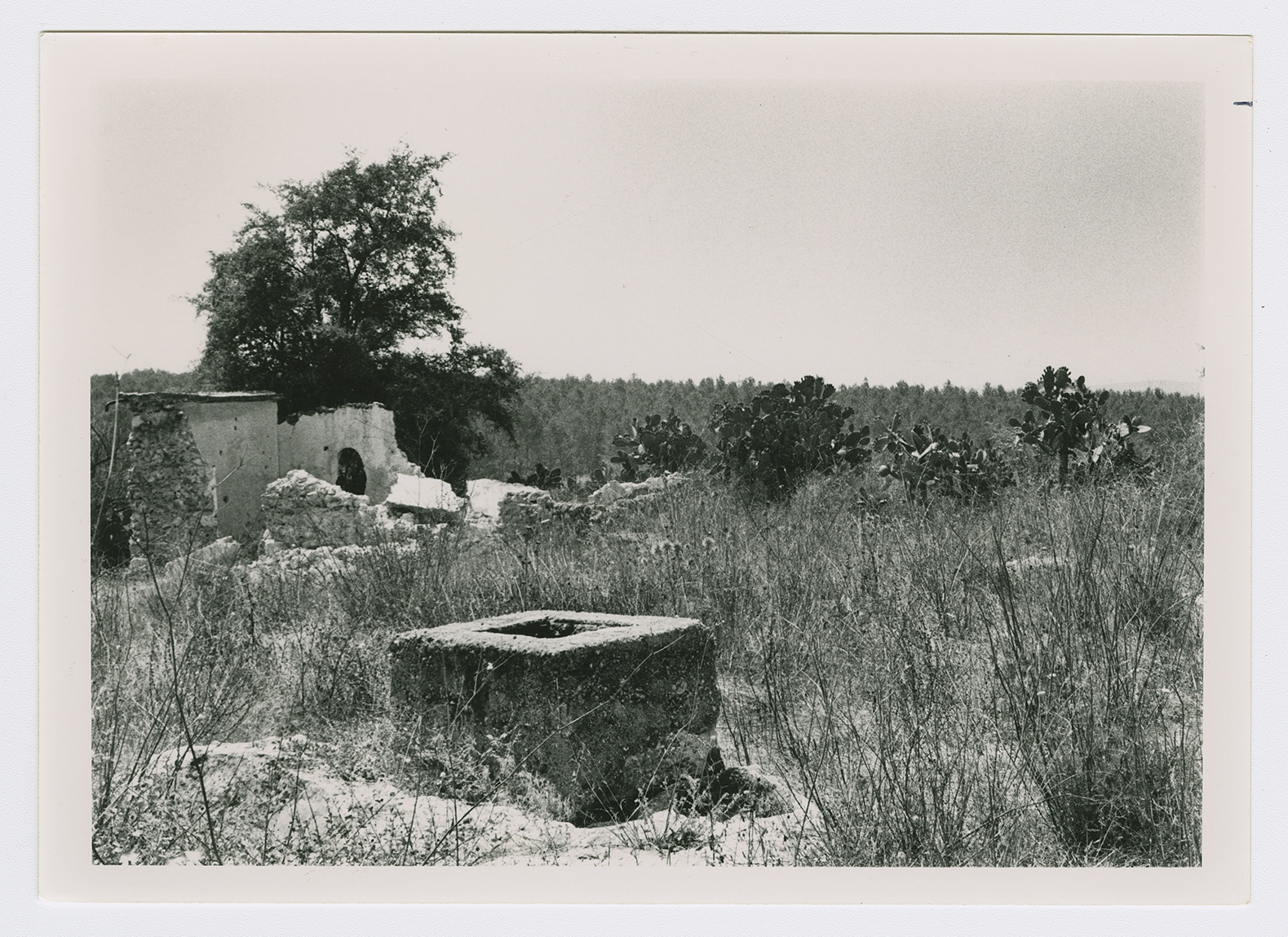The village stood on uneven terrain on the coastal plain and was ringed by wadis. Secondary roads linked it to Lydda and neighboring villages. Its name was derived from an Arabic word, dahr, which means "mountain." Khirbat al-Duhayriyya was classified as a hamlet in the Palestine Index Gazetteer, and had a predominantly Muslim population. A well at the southeastern edge of the village provided the residents with water for their domestic needs, Their main economic activity was rainfed agriculture, the chief crops being grain, olives, and citrus. In 1944/45 a total of 1,224 dunums was allocated to cereals; 66 dunums were irrigated or used for orchards. It was evident from the still-visible foundations of earlier buildings that Khirbat al-Duhayriyya had been built with reused materials from the site. There were rock-cut cisterns and abundant pottery fragments on the site.



